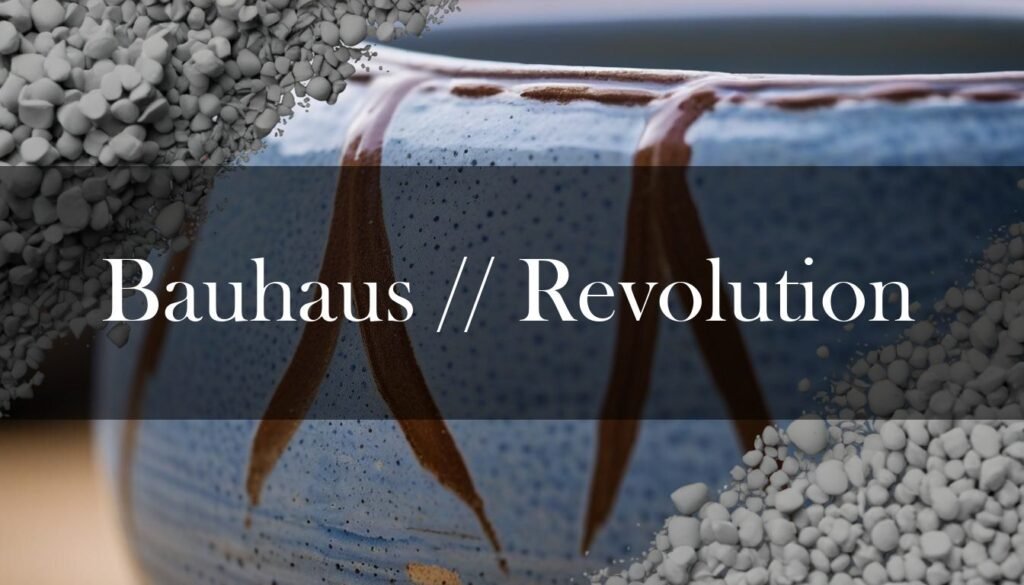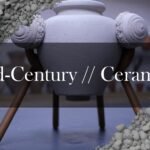Bauhaus pottery, born from the revolutionary Bauhaus school in early 20th-century Germany, beautifully blended art, design, and craftsmanship. Though the ceramics workshop was active for a relatively short time, it left a lasting mark on modern pottery with its minimalist aesthetic, functional design, and innovative techniques. Think clean lines, geometric forms, and the idea that “form follows function”—that’s Bauhaus in a nutshell.
Key figures like master potter Max Krehan, who emphasized traditional techniques, and sculptor Gerhard Marcks, who focused on form and expression, shaped the Bauhaus pottery program. Students like Marguerite Wildenhain, who became the first woman to earn a Master Potter certification in Germany, and Otto Lindig, who developed slip-cast molds for mass production, pushed the boundaries of ceramic art. And let’s not forget Theodor Bogler, whose modular designs like the Combination Teapot exemplified the Bauhaus goal of creating functional, mass-producible pieces. Hedwig Bollhagen and Margarete Heymann, though not direct students, were heavily influenced by the Bauhaus, creating timeless pieces that combined tradition with modern design principles. You can learn more about Hedwig Bollhagen here, and Margarete Heymann here.
The heart of Bauhaus pottery production was in Dornburg, Germany, where the ceramics workshop was established in 1920. Here, students learned the fundamentals of throwing, glazing, and firing, while also experimenting with new forms and materials. The workshop was divided into training and experimental sections, allowing for both skill-building and the development of prototypes for industrial production. You can read about the history of the workshop in Dornburg here, or read about the Bauhaus approach to the ceramics workshop here. This approach reflected the Bauhaus ideal of uniting art and technology, with the goal of making high-quality, functional ceramics accessible to everyone. You can also read about clay types here.
The impact of Bauhaus pottery on modern ceramic art is undeniable. Its emphasis on simplicity, functionality, and the integration of art and technology continues to inspire ceramic artists today. You can find examples of Bauhaus pottery in museums like the Bauhaus-Archiv in Berlin, the Victoria and Albert Museum in London, and the Kirkland Museum of Fine & Decorative Art in Denver, where you can see firsthand the beauty and innovation of this influential movement. You can also learn more about Bauhaus pottery here.





